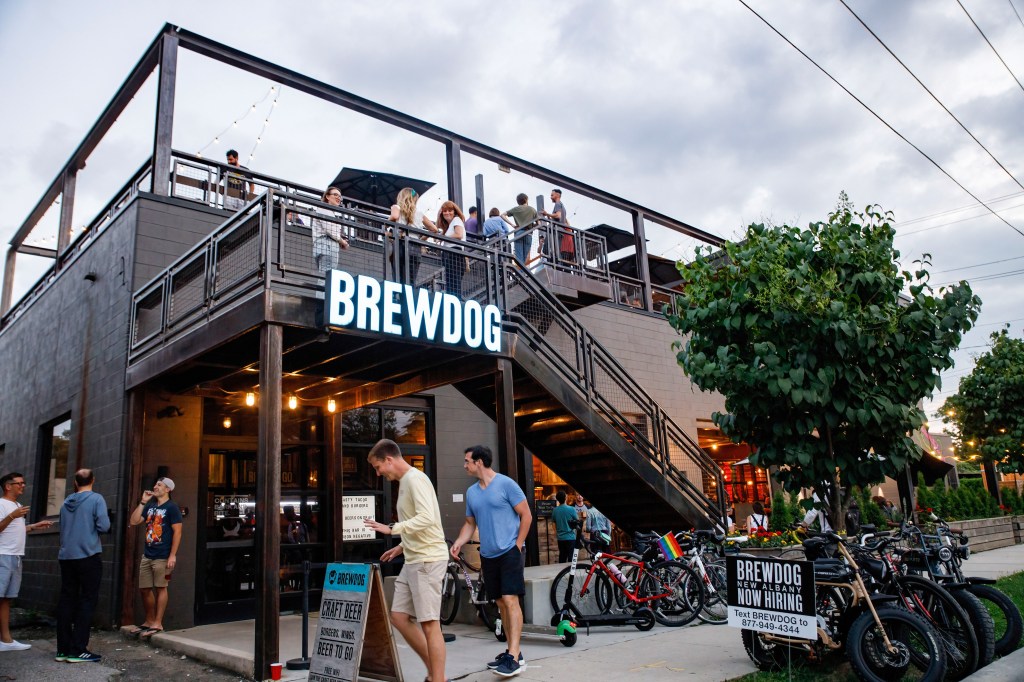Nearly 30% of the world’s cocaine is produced in Peru.
While the country’s cocaine industry was once confined to one main valley region—the Valle de los Ríos Apurímac, Ene y Mantaro, or VRAEM—in recent years, it has expanded deep into the Amazon and stretched to the Brazilian border. As a result, coca cultivation rose a whopping 30% between the years of 2020 and 2021. This expansion has led to severe consequences for indigenous communities, who have faced violent threats and even murders at the hands of the cartel.
Videos by VICE
In a new documentary about Peru’s cocaine trade, VICE embedded with drug traffickers, visited state-aligned militia group members, and spoke with people from the Amazonian communities facing ongoing threats and attacks.
Producing cocaine in the jungle
Coca is an important cash crop in Peru, dating back over 7,000 years. While it’s legal to farm coca, it is, of course, illegal to make cocaine out of it. Even so, 90% of the coca plants farmed ultimately become cocaine.
VICE’s first stop was in VRAEM, Peru’s longtime cocaine capital, where our journalist got to witness cocaine production firsthand.
“We have the coca leaves here, and we put those coca leaves in this well,” said one of the members of the local smuggling group. “First, we add water. That coca leaf will be pressed.”
He demonstrated the act, stomping on the crops in the water.
“We’re like 15 people doing this,” he explained. “We crush and step on it all day long.”
After the initial crushing process, they then mix the coca with salt, acid, or bleach—depending on availability. This pulls the drug out of the plant.
What goes unused from the leaf pit is dumped into the river, while the rest is siphoned down into a wooden basin filled with gasoline. This turns the runoff into cocaine paste.
“We do it out of necessity. There is no other income.”
The next step in the process is to cook the cocaine paste with acetone and hydrochloric acid.
“The purest coca leaves are found [in this region], so people prefer ours,” one man explained.
Despite the quality of the coca, however, the drug itself is certainly far from pure.
“People like to talk about the purity of cocaine, but I mean we’re literally standing over a cauldron of boiling gasoline,” said a reporter.
As the group produces vast amounts of cocaine to sell—about $20,000 for three days’ worth—they risk their lives making the drug in VRAEM.
“This is what people live off,” one worker said. “We do it out of necessity. There is no other income.”
Vigilante groups fight back
VRAEM is currently in a state of emergency—and has been for over a decade. After being targeted by both drug traffickers and corrupt law enforcement, many Indigenous farming communities have armed themselves and formed civilian self-defense groups called autodefensas.
VICE met with one of the autodefensas to learn more about how they protect themselves against narcoterrorism.
“Whatever the national police do, we do faster and better,” one of the members explained. “National police work according to laws and regulations, and so they take their time to solve problems, arrest people, and intervene against those doing drugs. But the self-defense committee works according to our rules and customs.”
The member added that the group followed the laws of the Incas: “Don’t be a liar, don’t be a thief, and don’t be lazy.”
This particular autodefensa is just one of many, and they believe each community needs its own self-defense committee where there’s violence and organized crime.
“There are other groups, in places even more hellish than the VRAEM, in regions supposedly living under the rule of law,” the member said.
Indigenous communities under siege
In the VRAEM region, narcoterrorism is—for the most part—kept in line, according to the autodefensa leaders. However, in other regions, cocaine production coupled with a lack of autodefensas has led to increased violence.
In Eastern Peru, for instance, various Indigenous tribes are under attack by cartels, who are attempting to seize their land. VICE traveled to Ucayali in the Amazon to meet with the Kakataibo people, a group of a few thousand people who have been targets of narco-traffickers since 2019.
“We as a community are like a family,” said one of the members. “And just last week, we were struck by the murder of one of our leaders. We cannot help but feel defenseless.”
“We cannot help but feel defenseless.””
Benjamin Flores Rios, a leader who defended the Kakataibo’s land, was killed in his own home.
In just the past four years, six members of the Kakataibo community have been murdered, with nearly three dozen Indigenous leaders killed in the past decade.
“We’ve been having this issue for years. It’s not new,” the person said matter-of-factly. “Coca plantations are a huge problem, and the government does nothing to help.”
Instead, the community takes matters into their own hands—but without the violence used by autodefensas.
“We have a surveillance committee that watches over our territory. So they go out on patrols, and that’s usually when they find people engaged in illicit activities, like soaking pits for coca leaves,” the member explained. “And that’s where they threaten our people.”
The community is equipped with Indigenous weapons like arrows, but they lack the experience or desire to work with firearms.
“We don’t want paramilitary organizations,” they said. “We don’t want that, and we don’t want to see armed people around us. That is unfamiliar to us.”
Since the making of VICE’s documentary, Mariano Isacama, another leader of the Indigenous Kakataibo people, went missing in June. His body was found on July 14, with representatives confirming he had been shot.
The Indigenous group faces ongoing, unsolicited attacks—becoming part of a war they never started.




